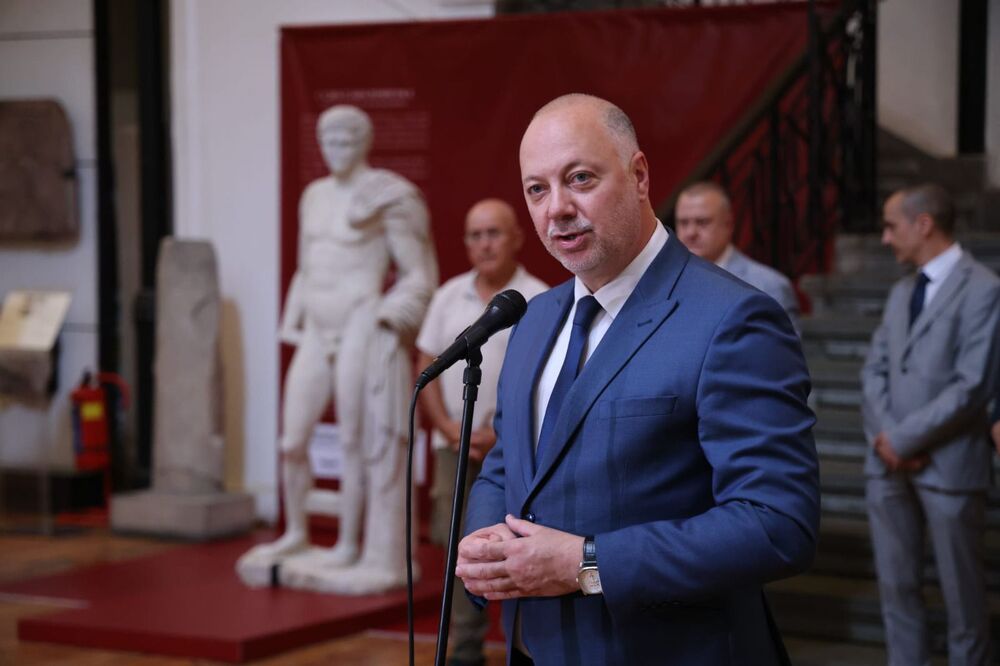site.btaPrime Minister Zhelyazkov: Government Will Continue to Support Archaeological Studies


The government will continue to support archaeological activities and provide targeted funding so that these priceless discoveries can become accessible to the wider public, said Prime Minister Rosen Zhelyazkov at the unveiling of a fully restored second ancient marble statue from the Heraclea Sintica site at the National Archaeological Museum, the government information service said on Tuesday.
“For a hundred years, people have spoken about the place and importance of Heraclea Sintica, but only in the past nearly twenty years have we’ve begun work on uncovering it. Today, we can enjoy these beautiful works that speak of Antiquity in a truly unique way. Archaeology is not just a science about the past, it enriches our present, because there is nothing more powerful than the experience of touching these artifacts,” said the Prime Minister.
Zhelyazkov also underscored the connection between major infrastructure projects and the opportunities for archaeological research:
“Much of Heraclea Sintica would likely have remained hidden if it weren’t for investments in large infrastructure projects like the Vertical Gas Corridor and others in the region,” the Prime Minister said.
Thanks to the targeted efforts of Bulgarian archaeologists, these discoveries are becoming accessible to the wider public and are transforming ancient heritage into a living part of contemporary life, the Prime Minister further emphasized.
For the first time, visitors can see the statue standing upright, reinforced and with a restored head, after more than eight months of restoration work.
Professor Dr Lyudmil Vagalinski and Associate Professor Dr Hristo Popov presented the significance of the find for Bulgarian archaeology, the restoration process, and the innovative methods used.
The statue, discovered in 2024, is the second life-sized human figure found in the Great Canal of the ancient city near the village of Rupite, and had remained buried for more than 1,600 years.
It adds to a series of astonishing discoveries at Heraclea Sintica, among which is a unique relief plaque with family portraits.
The ancient city, founded in the 4th century BC near today’s Petrich, was an important economic and cultural center during the Roman era, and one of the cradles of civilization in the region.
/YV/
news.modal.header
news.modal.text